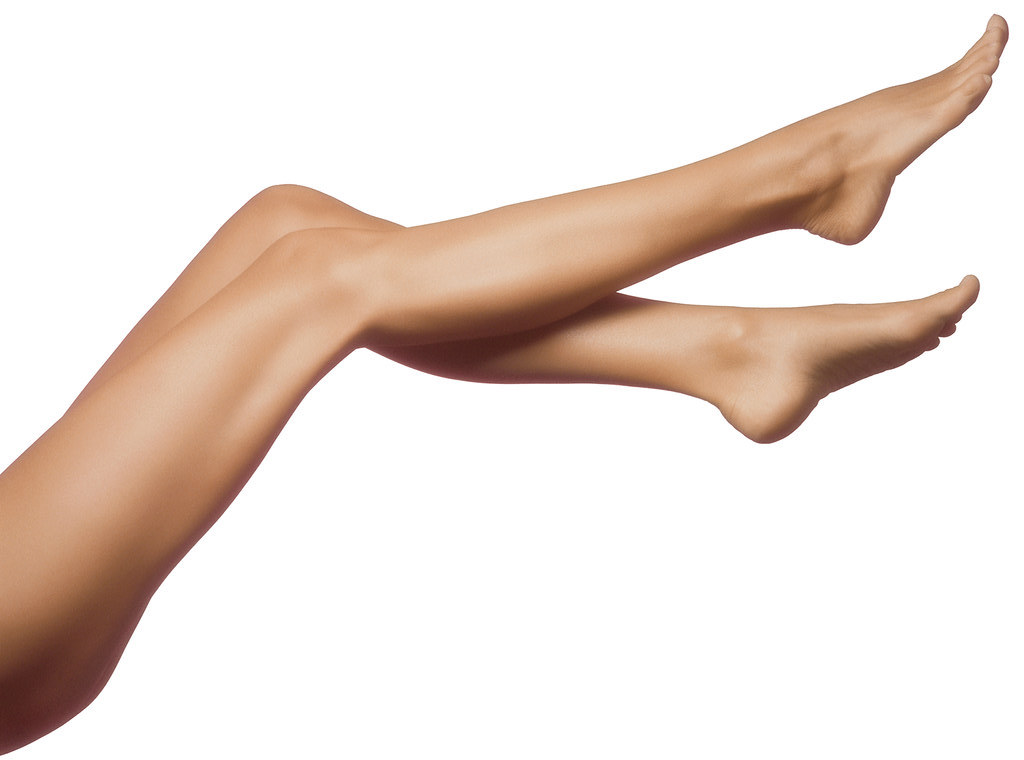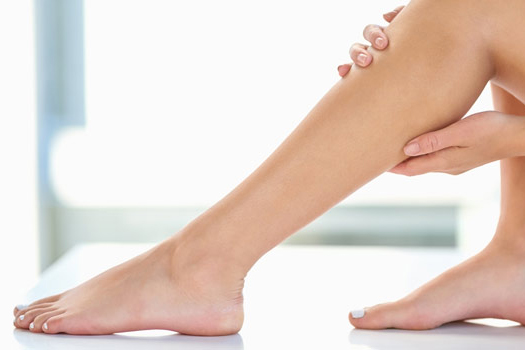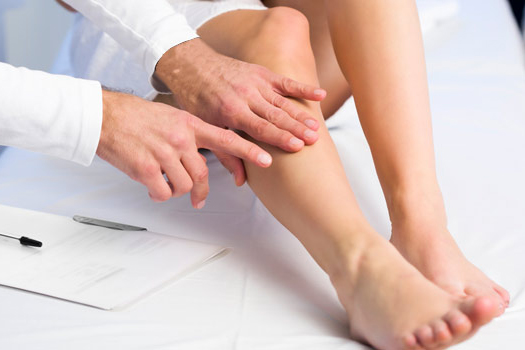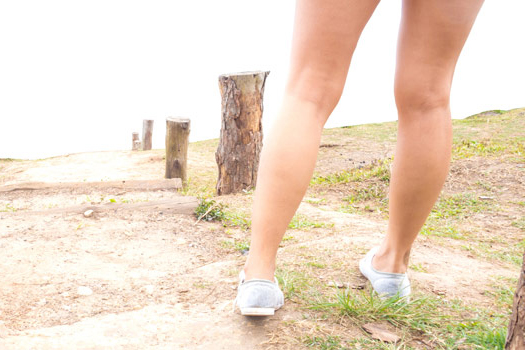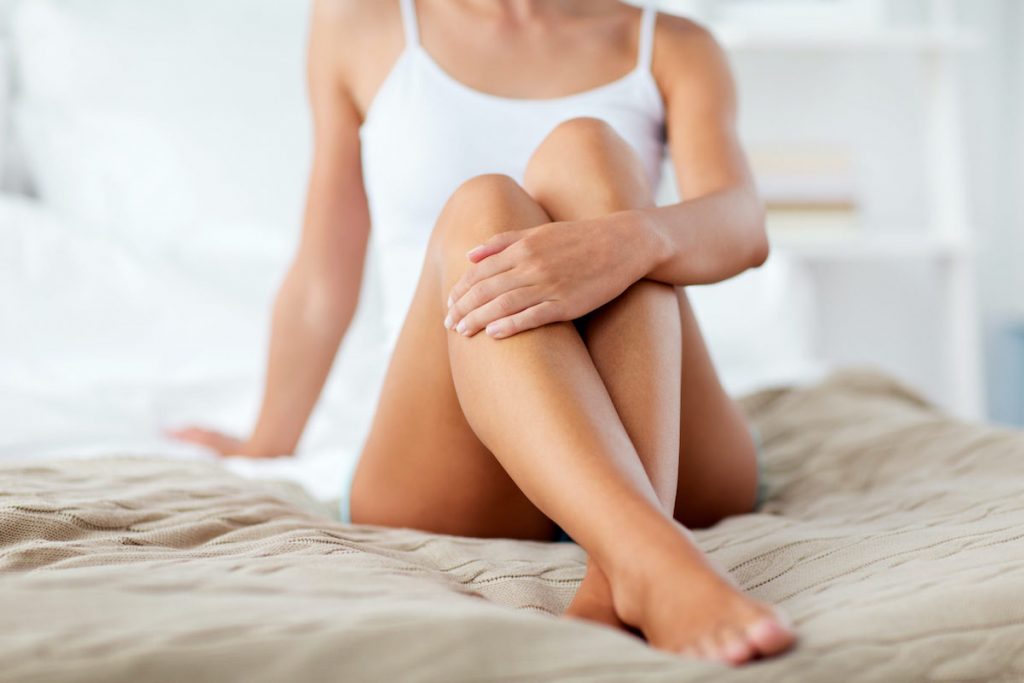Vein Treatments
Conveniently located to serve the areas of Cleveland, Concord Township and Middlefield, OH
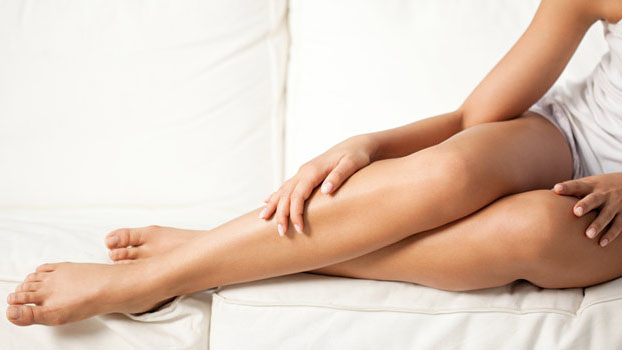
Vein treatments are a growing field of aesthetic and medical techniques that treat and correct vein disorders. Vein treatments now use the latest technological advances to resolve vein issues.
Contents
- 1 Your Beautiful Complexion Will Not Be In Vain
- 2 About Vein Treatments in Ohio
- 3 Types of Vein Treatments
- 4 Benefits
- 5 Candidates
- 6 Your Personal Consultation with Dr. Smith
- 7 Results
- 8 FAQ
- 8.1 What’s the best treatment for varicose veins?
- 8.2 Can varicose veins be treated without surgery?
- 8.3 How much do vein treatments cost in Ohio?
- 8.4 Is walking good for varicose veins?
- 8.5 Can varicose veins go away on their own?
- 8.6 What foods are bad for varicose veins?
- 8.7 What foods can be good for varicose veins?
- 9 References
Your Beautiful Complexion Will Not Be In Vain
Venous disorders are a common issue for many people. If you are one of those people that has visible veins that you dislike, you might feel self-conscious about wearing shorts or going to the beach. Vein treatments provide minimally invasive solutions for these conditions and can restore a balanced and beautiful complexion.
Dr. David G. Smith is experienced in both cardiovascular disease and vascular medicine and specializes in the most effective vein treatments. Dr. Smith will review your situation. Then, drawing on years of experience, he can develop a treatment plan designed specifically for your case. To learn how Dr. Smith can help you erase those annoying veins, schedule a consultation with the Smith Vein Institute. You can also call our offices in the greater Cleveland and Akron area.
Concord Township: (440) 853-8208
About Vein Treatments in Ohio
Are veins keeping you from feeling comfortable in shorts skirts? Do you find yourself selecting your daily outfits based on which articles of clothing will best hide the veins on your legs? If yes, you can rest assured that you aren’t alone. Varicose and spider veins are notoriously hard to camouflage and can affect social decisions and self-confidence. Seek out assistance from the Smith Vein Institute and we can help eliminate those troublesome veins that adversely affect your ability to live life on your terms. Vein treatments can make a big difference in how comfortable patients feel in their own skin.
What Causes Varicose Veins?
Varicose veins result from defective valves in the legs that prevent blood vessels from properly closing. This causes the blood vessels to bulge and swell. Varicose veins usually result from genetic factors.
What’s the Difference Between Varicose Veins and Spider Veins?
Varicose veins are thick, bulbous veins that sit just beneath the skin and have a visible bluish hue. Spider veins are smaller and, like their namesake, appear more weblike. Spider veins come in a wider color palette with reddish and purplish veins in addition to the bluish tint. Varicose veins can cause discomfort, aching, or itching while spider veins tend to remain a cosmetic issue. Both obtrusive veins benefit from the same suite of treatments, from laser to sclerotherapy and radiofrequency.
Types of Vein Treatments
Ultrasound-Guided Sclerotherapy
Sclerotherapy, also called chemical ablation, uses a tiny needle to inject a solution into the veins. At Smith Cosmetic Surgery, Dr. Smith performs cosmetic sclerotherapy on the legs using the FDA-cleared sclerosing agents, sotradecol and polidocanol. These agents will permeate the veins and cause them to contract and collapse. The blood from these veins will reroute to deeper veins and the visible veins will disappear. Usually, sclerotherapy results in about 70% reduction in varicose veins. A follow-up visit is recommended for optimal results. Sclerotherapy is a safe and effective procedure.[1] There is no downtime, so patients can immediately return to work.
Endovenous Laser and Radiofrequency Therapy
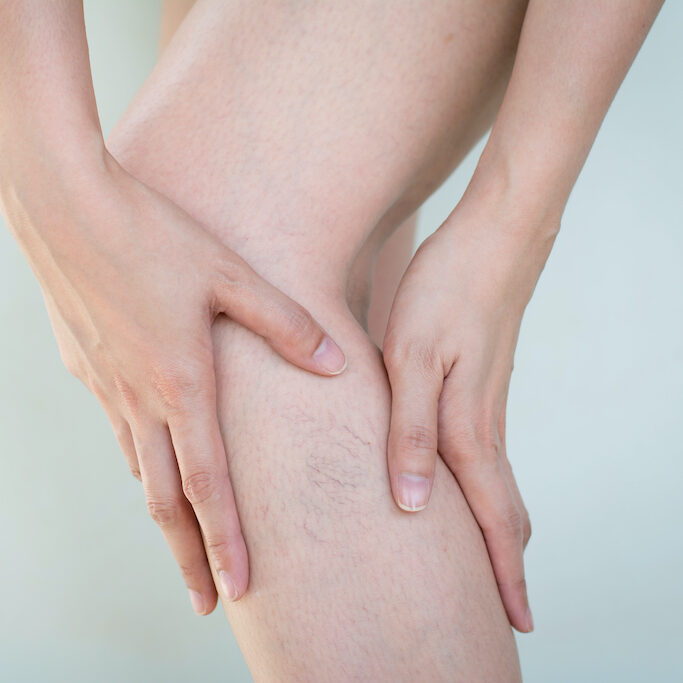
The endovenous laser ablation (EVLA) and endovenous radiofrequency (EVRF) therapies involve the thermal ablation of varicose veins. Unlike vein stripping surgery, these therapies permanently close the abnormal vein, thereby leaving it in place without surgically removing the vein.
First, we inject anesthesia, then we use ultrasound to guide a catheter with a laser into the vein to obliterate the vein. Studies found that at 1-year and 2-year follow-ups, patients showed a significant improvement in quality of life scores which reinforces the psychological and social benefits of vein treatments.[2] Endovenous laser ablation continues to provide a safe and efficient treatment for varicose veins.[3] With minimal downtime, patients can usually resume their regular daily activities the same day. EVLA results in very high success rates and a session that lasts only 20-45 minutes.
Spider Vein Treatment
At Smith Cosmetic Surgery, spider vein treatment on the legs is usually done using cosmetic sclerotherapy. Other areas such as face or body, or veins too small to be injected, require a broader array of treatment options which include VeinGogh, transdermal laser, or light therapies.
Microphlebectomy
In a microphlebectomy, we use micro punctures to remove segments of the veins. Local anesthesia is used to minimize any discomfort. The tiny incisions will usually close up on their own and require no additional stitching. The vast majority of patients (over 99%) experience no scarring and reported good to great satisfaction with the results of the procedure.[4]
Radiofrequency Ablation
Over the past few years, laser and radiofrequency ablations (RFA) have exploded in popularity as a non-surgical alternative for a wide variety of treatments. Guided by ultrasound, radiofrequency treatments have been shown in studies to be safe, efficient, and reliable treatments.[5]
Benefits
- Improve complexion
- Relief from pain
- Increased mobility
- Boost your self-confidence
- Help sleep better at night
- Short recovery period
- Quick procedure
- No general anesthesia necessary
- Easily hidden scars or no scars at all
Candidates
A study published in the New England Journal of Medicine estimates that 23% of Americans suffer from varicose veins.[6] If spider veins are added to this estimate the number jumps to approximately 80% of people over the age of 50. Some indicators that you might develop varicose veins are if you come from a family with a history of varicose veins, if you’ve undergone multiple pregnancies, and if you’ve experienced hormonal imbalances.
If you have visible veins and you experience swelling, aching, or itching in your legs or have cramps in your legs you might benefit from vein treatment. If you have trouble sleeping, in addition to any of those conditions, then contact the Smith Vein Institute and discover if any of our vein treatments are right for you.
Symptoms of Varicose Veins
- Swelling on the legs
- Itching, and dry skin
- Fatigue
- Discoloration
- Tenderness
- Aching and discomfort
Your Personal Consultation with Dr. Smith
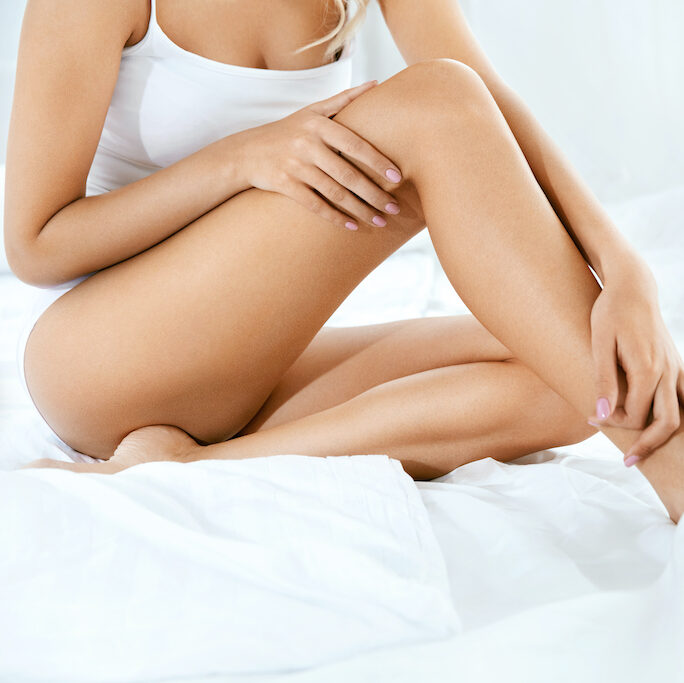
To get started making those veins disappear for good, schedule a consultation with the Smith Vein Institute. During your consultation, Dr. Smith can get to know you and your medical history. He will listen to your concerns, answer your questions, and discuss your expectations. After he assesses your condition, he can recommend a treatment plan to erase those troublesome veins and allow your radiant complexion to shine.
Dr. Smith is committed to using his expertise to treat varicose veins and related conditions. He received cardiology fellowship training from the renowned Mt. Sinai Medical Center. He then served as a staff cardiologist at Henry Ford Hospital in Detroit and Professor of Cardiology and staff cardiologist at the University Hospitals in Cleveland. Dr. Smith is a Diplomate of the American Board of Venous and Lymphatic Medicine and board-certified in Cardiovascular Disease.
If you want to learn more about how vein treatments can help you feel excited to wear shorts again, reach out to the Smith Vein Institute to schedule a consultation online. Or you can call one of our two offices in Ohio.
Concord Township: (440) 853-8208
Results
Vein treatments have evolved tremendously since the days when clumsy surgery was the only option. Today, we have several non-surgical solutions that prove highly effective at improving the appearance of the legs. Laser ablation and radiofrequency ablation result in the fastest recoveries and the least amount of downtime.[7] If you’re concerned about downtime, then ask us about laser and radiofrequency options. At the Smith Vein Institute, our mission is to give all our patients the relief they want and deserve. Read through some of our patient reviews for a preview of the stellar care you can expect to receive.
FAQ
What’s the best treatment for varicose veins?
The best treatment will vary based on each patient’s unique circumstances. Surgical stripping has been the standard for intense cases of varicose veins but newer treatments such as laser and radiofrequency offer a very high success rate with a quicker recovery. For spider veins, our arsenal of laser and light therapies are extremely effective.
Can varicose veins be treated without surgery?
Yes. There are several non-surgical options available to treat varicose veins without surgery including laser and radiofrequency remedies.
How much do vein treatments cost in Ohio?
Every patient is different so costs will vary depending on which treatment(s) are selected. Sometimes a combination of treatments will achieve the best results while other cases will require less intense options. During your consultation, we will provide you with complete pricing for all your options.
Is walking good for varicose veins?
Yes. Walking is a safe, low-impact workout that improves the functioning of the legs. It won’t make varicose veins go away on their own but it will help overall health.
Can varicose veins go away on their own?
No, much to people’s chagrin, varicose veins do not resolve on their own. They result from a condition called venous reflux where vein valves do not function properly.
What foods are bad for varicose veins?
Any food that increases water retention can worsen varicose veins. Water retention places additional pressure on the veins which exacerbates varicose veins. Excess salt, processed foods and other foods with a high sodium content qualify as being poor for varicose veins.
What foods can be good for varicose veins?
Foods that are high in fiber and antioxidants can improve vein health and help with varicose veins. These healthy foods include blackberries and blueberries, avocados, ginger, and beets.
References
- Guex, J., Allaert, F., Gillet, J., & Chleir, F. (2006). Immediate and Midterm Complications of Sclerotherapy: Report of a Prospective Multicenter Registry of 12,173 Sclerotherapy Sessions. Dermatologic Surgery, 31(2), 123-128. doi:10.1111/j.1524-4725.2005.31030
- Medical Advisory Secretariat (2010). Endovascular laser therapy for varicose veins: an evidence-based analysis. Ontario health technology assessment series, 10(6), 1–92. PMID: 23074409
- Liu, J. J., Fan, L. H., Xu, D. C., Li, X., Dong, Z. H., & Fu, W. G. (2016). The endovenous laser treatment for patients with varicose veins. Pakistan journal of medical sciences, 32(1), 55–58. https://doi.org/10.12669/pjms.321.8610
- Franz, R. W., Hartman, J. F., & Wright, M. L. (2012). Treatment of varicose veins by transilluminated powered phlebectomy surgery: a 9-year experience. The International journal of angiology : official publication of the International College of Angiology, Inc, 21(4), 201–208. https://doi.org/10.1055/s-0032-1330229
- Mancilla, W. A. (2019). Radiofrequency Ablation Therapy for Varicose Veins Guided By Ultrasound: Overview and Preliminary Experience. Clinical Radiology & Imaging Journal, 3(3). doi:10.23880/crij-16000151
- Bergan, J. J., Schmid-Schönbein, G. W., Smith, P. D. C., Nicolaides, A. N., Boisseau, M. R., & Eklof, B. (2006). Chronic venous disease. New England Journal of Medicine, 355(5), 488-498. Doi: 10.1056/NEJMra055289
- Lin, F., Zhang, S., Sun, Y., Ren, S., & Liu, P. (2015). The management of varicose veins. International surgery, 100(1), 185–189. https://doi.org/10.9738/INTSURG-D-14-00084.1



